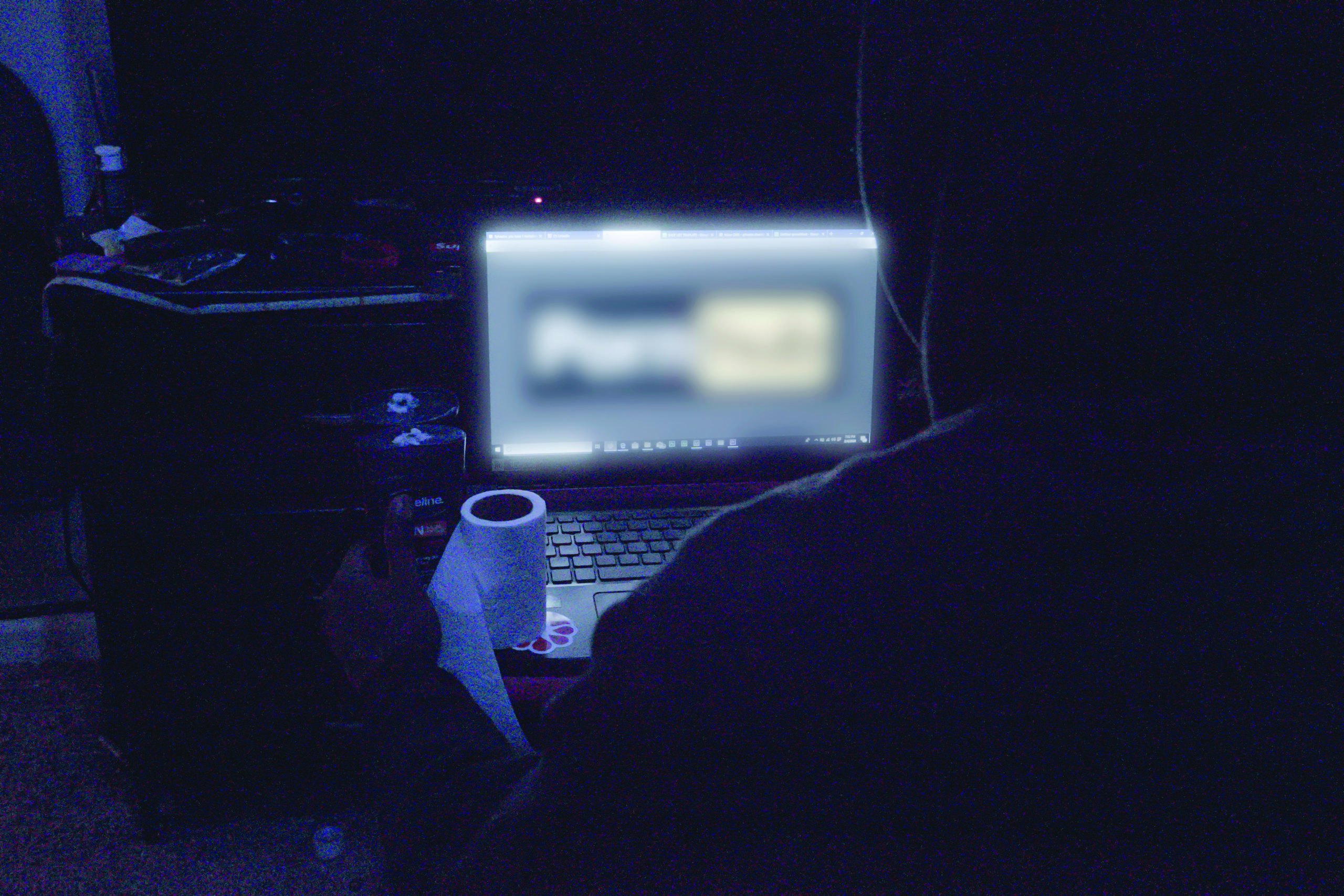
Porn: Either everyone on the face of the planet is watching it, or there are some marathon viewers out there putting in serious work.
According to the Huffington Post, in 2013, porn sites garnered more visits per month than Netflix, Amazon and Twitter combined.
Pornhub boasts that they streamed enough content in 2015 to fill around 175 million 16GB iPhones. In the same year, 88 billion videos were consumed, which equates to an average of 12 videos per person on the planet. When Tumblr banned pornographic content from the platform, their web traffic decreased by 30%.
Porn is a widely consumed form of media. However, Utah passed a resolution in 2016 citing porn to be “a public health hazard leading to a broad spectrum of individual and public health impacts and societal harms.”
Studies exist suggesting consumption of pornographic content can be unhealthy.
A 2016 meta-analysis in the Journal of Communication of 22 studies from seven different countries produced associations with porn consumption and the perpetration of physical and verbal sexual aggression.
“I think society as a whole could benefit from bringing more attention to the fact that [porn] is so widely watched … there are so many health risks associated with it that aren’t really talked about,” Nish Sinha, a Georgia State student, said.
A study in the JAMA Psychiatry journal indicated that individuals who view porn are more likely to experience dissatisfaction in real-life sexual encounters.
The study also attempted to link brain function with drug use and pornography consumption. In particular, they studied the brain’s reward system, finding that those who use pornography regularly have altered reward systems. However, it is unclear if porn consumption caused the condition or if it existed prior to viewing porn.
The same 2014 study cites findings that adolescent boys using pornography daily showed interest in deviant or illegal types of porn.
The Journal of Sex Research asserts that “pornography use was related to the occurrence of sexual intercourse, greater experience with casual sex behavior, and more sexual aggression, both in terms of perpetration and victimization.”
The article also found associations with porn use and stronger gender-stereotypical beliefs.
However, Desmond Goss, a lecturer in the sociology department, disagrees with the findings of the studies.
“The widespread consumption of pornography is not, within itself, a problem,” Goss said. “In other words, pornography consumption is neither inherently healthy nor inherently unhealthy.”
Instead, Goss suggests that viewers ought to use discernment if they choose to watch pornography.
“Be cognizant of the type of porn you consume … consider the ways that your consumption of such porn upholds systems of oppression,” Goss said.
Georgia State student, Miranda Coreless, considers porn to be normal but expressed concerns about younger audiences viewing it.
“It’s complicated … if most people are getting their sex education from porn, it just creates a very unrealistic and unsafe environment for the people they go on to have sexual encounters with,” Coreless said.
